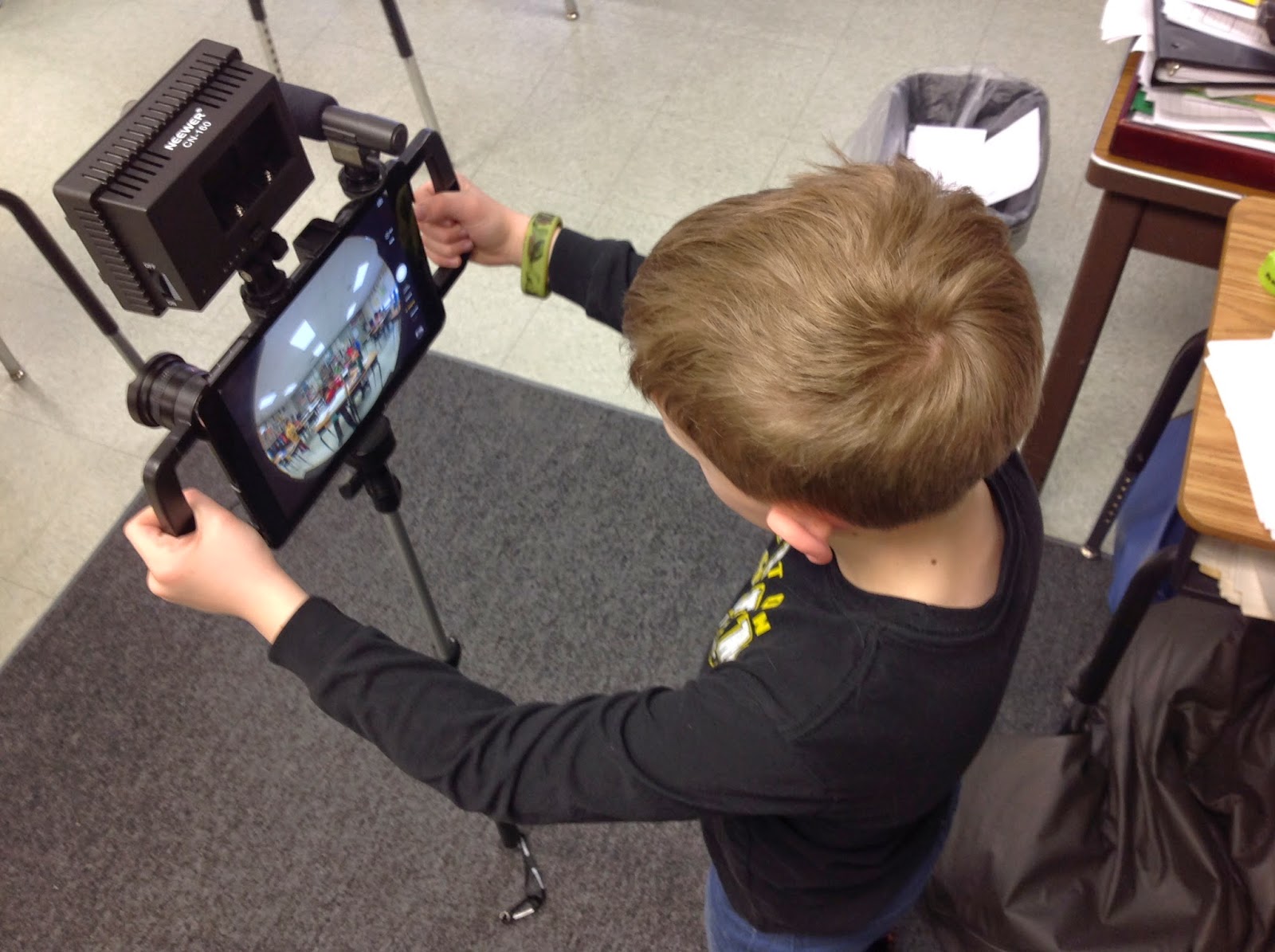 |
| One of my fifth grade girls writing a poem at the Area 2 School in the Mathare Valley |
Here is one of the fifth grade students from the girl's school in Kibera that Kennedy and Jessica started reciting a poem that she wrote:
Here Eunice recites her poem in New York City and is interviewed along with Kennedy and Jessica:
The last two times, in 2014 and 2015, I have been to the Mathare Valley slum, I have taught poetry writing mainly to the fifth students at the Area 2 School as well as to the 6-12th grade students at the Joska School so this girl's ability to write poetry is something that is wonderful for me to see, because I have been constantly amazed at the poems written by the Kenyan students I have worked with, even when most of them have never written a poem before. I just have to up my game in how I present them for others.
Here is a poem based on William Blake's "The Tyger" written by one of my fifth grade student's named Mary. She is just as talented as Eunice.
That is the first poem that Mary wrote and she wrote it in less than 30 minutes. Here is some of Mary's story and what happened a year later when I saw her again this summer.
I worked with two new classrooms full of enthusiastic fifth graders at the Area 2 School this past summer and I again used "The Tyger" as a model for writing animal poems. I had a little free time during lunch my last day there and I asked the teachers if I could photograph the poems that the students had written on their own that I hadn't seen yet. I saw this poem by Sidney on Aids. I wish I had time to have found out more about Sidney's poem, but this little gem was written in his notebook. They were asked to write poems talking to animals, but Sidney took his second poem to a completely different conversation. I had met Sidney in 2014. We had performed the "The Rainbow Fish" to the students at the Area 2 School. I was the starfish. The next day the students performed the play for us taking on our roles, which included a videographer with a fake camera on a pole. Sidney played the starfish and so I had this photo of all the starfishes together at the end of the video. The kids nailed the play. I don't know how they did it, but it they performed it much better than we had! There is so much talent in the slums!
You can find out more about my trips to the Mathare Valley here.
UPDATE:
If you have Amazon Prime you can watch the PBS show"A Path Appears Season 1 " episode 3 to see a lengthy portrayal of Shofco, the program these people set up in Kibera. 90% of the show (with the school, the streets, and the kids) reminds me so much of Nairobi's other slum Mathare, but this video delves much deeper into the violence against women and girls and how they are helping. I just watched it and it is well done. It starts at about 40 minutes into the episode (BTW it is not for kids).
" episode 3 to see a lengthy portrayal of Shofco, the program these people set up in Kibera. 90% of the show (with the school, the streets, and the kids) reminds me so much of Nairobi's other slum Mathare, but this video delves much deeper into the violence against women and girls and how they are helping. I just watched it and it is well done. It starts at about 40 minutes into the episode (BTW it is not for kids).
Here is a poem based on William Blake's "The Tyger" written by one of my fifth grade student's named Mary. She is just as talented as Eunice.
That is the first poem that Mary wrote and she wrote it in less than 30 minutes. Here is some of Mary's story and what happened a year later when I saw her again this summer.
I worked with two new classrooms full of enthusiastic fifth graders at the Area 2 School this past summer and I again used "The Tyger" as a model for writing animal poems. I had a little free time during lunch my last day there and I asked the teachers if I could photograph the poems that the students had written on their own that I hadn't seen yet. I saw this poem by Sidney on Aids. I wish I had time to have found out more about Sidney's poem, but this little gem was written in his notebook. They were asked to write poems talking to animals, but Sidney took his second poem to a completely different conversation. I had met Sidney in 2014. We had performed the "The Rainbow Fish" to the students at the Area 2 School. I was the starfish. The next day the students performed the play for us taking on our roles, which included a videographer with a fake camera on a pole. Sidney played the starfish and so I had this photo of all the starfishes together at the end of the video. The kids nailed the play. I don't know how they did it, but it they performed it much better than we had! There is so much talent in the slums!
You can find out more about my trips to the Mathare Valley here.
UPDATE:
If you have Amazon Prime you can watch the PBS show"A Path Appears Season 1



















